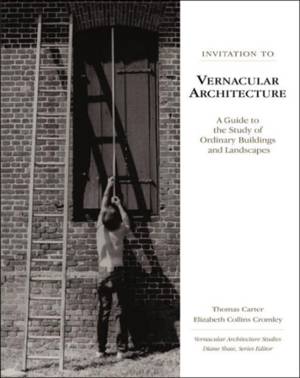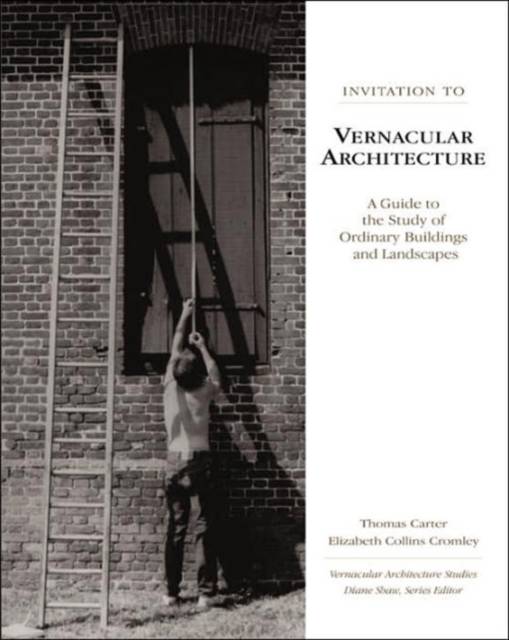
- Retrait gratuit dans votre magasin Club
- 7.000.000 titres dans notre catalogue
- Payer en toute sécurité
- Toujours un magasin près de chez vous
- Retrait gratuit dans votre magasin Club
- 7.000.0000 titres dans notre catalogue
- Payer en toute sécurité
- Toujours un magasin près de chez vous
Invitation to Vernacular Architecture
A Guide to the Study of Ordinary Buildings and Landscapes Volume 6
Thomas Carter, Elizabeth Collins Cromley
42,95 €
+ 85 points
Description
Invitation to Vernacular Architecture: A Guide to the Study of Ordinary Buildings and Landscapes, is a manual for exploring and interpreting vernacular architecture, the common buildings of particular regions and time periods. Thomas Carter and Elizabeth Collins Cromley provide a comprehensive introduction to the field.Proposing a methodology, Invitation to Vernacular Architecture provides a systematic approach to vernacular architecture fieldwork. The authors walk readers through the process of examining and documenting a building, explaining in detail how to define a research area and create a research plan. They guide students step-by-step in how to take accurate measurements of sites and of building exteriors and interiors and explain what to look for at each level. They show how to find patterns and how to organize information to yield sound interpretations of buildings' meanings. As a complement to this practical approach, Carter and Cromley present current scholarship on vernacular architecture and explain the need for a broad theoretical perspective. They show how analysis of facts related to a building can reveal important insights into the behavior and culture of people who lived in a certain area at a certain time. The authors then present a single ordinary house as a case study to explore the different points of view that scholars have brought to the study of vernacular architecture.Rich with illustrations and written in a clear and jargon-free style, Invitation to Vernacular Architecture is an ideal text for courses in architecture, material culture studies, historic preservation, American studies, and history, and a useful guide for anyone interested in the built environment.
Spécifications
Parties prenantes
- Auteur(s) :
- Editeur:
Contenu
- Nombre de pages :
- 120
- Langue:
- Anglais
- Collection :
Caractéristiques
- EAN:
- 9781572333314
- Date de parution :
- 24-10-05
- Format:
- Livre broché
- Format numérique:
- Trade paperback (VS)
- Dimensions :
- 200 mm x 259 mm
- Poids :
- 385 g

Les avis
Nous publions uniquement les avis qui respectent les conditions requises. Consultez nos conditions pour les avis.






